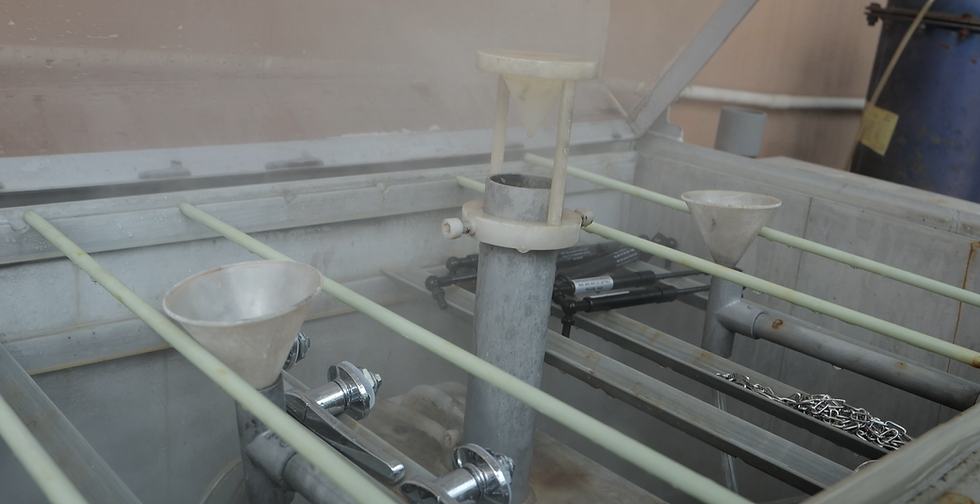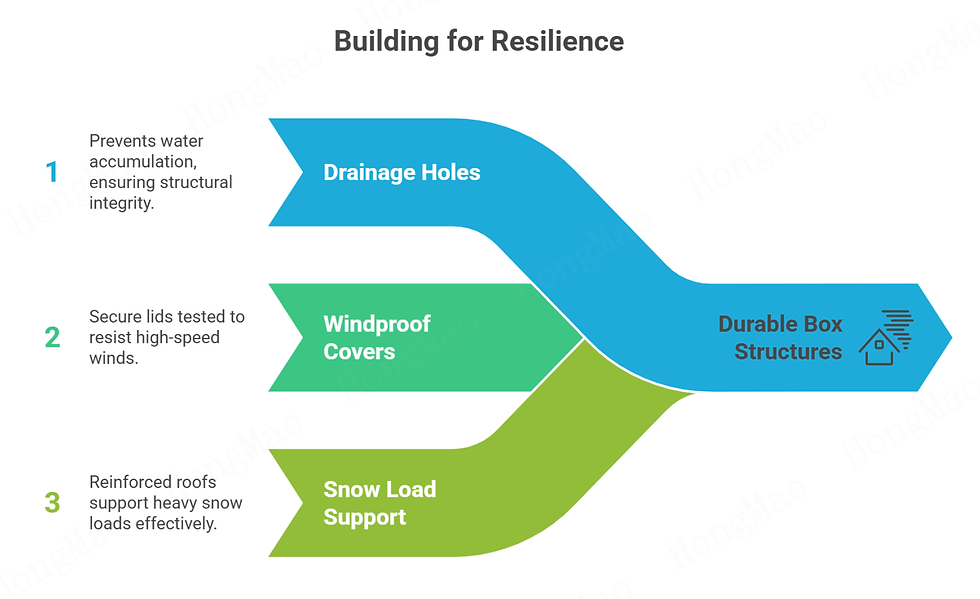How to Reduce ‘Rust’ Negative Reviews and Maintain Stable Amazon Rankings?
- Catrina

- Sep 5
- 4 min read
‘Rust’ negative reviews have become a nightmare for Amazon's outdoor category. This article offers practical advice to help you reduce negative feedback and stabilise keyword rankings.
If you’re an Amazon seller in the outdoor or garden product category, there’s one word you dread more than any other: Rust. It might seem small — a bit of corrosion on a doorframe, a blotchy patch on a hinge — but that four-letter word can do damage far beyond the product itself.
Negative reviews that mention “rust” do more than just dent your product ratings — they disrupt your entire sales flywheel. They kill conversion rates. They spike returns. They wreck your inventory planning. Worst of all? They send your organic keyword rankings plummeting, especially in competitive markets like Germany or the Netherlands where consumers expect rust-free perfection from outdoor gear.

But here’s the good news: rust-related reviews aren’t a lottery. They’re preventable. In my 20+ years working with European retailers and e-commerce giants, I’ve seen how proper product design, quality testing, and supplier accountability can virtually eliminate this problem — and safeguard your brand’s hard-earned reputation.
This guide is built specifically for sellers like you. We’ll unpack the most common rust traps that sabotage your listings, explore the tests and structures that actually make a difference, and walk through a real case study of turning negative feedback into zero-defect performance.
Let’s reduce those “rust” complaints — and keep your ASIN rankings where they belong: on page one.
Table of Contents
Why Are ‘Rust’ Negative Reviews So Detrimental?
One rust complaint doesn't just hurt your ego — it crushes your keyword rankings and conversion rates.
The Amazon algorithm is unforgiving. A 1-star review mentioning "rust" drags down your listing quality score. It affects Buy Box visibility. And in some cases, it even flags your ASIN for category review or suppression.
You need to treat rust complaints not as isolated product issues, but as an urgent marketing crisis. Prevention is the only cure.

Let’s break down the chain reaction:
Ranking Drop → One-star reviews trigger fewer clicks and sales, reducing your CTR and CVR — both of which drive down ranking.
Trust Collapse → Visual signs of rust destroy the perception of quality. Customers feel deceived.
Return Avalanche → Rust = defect. Defect = refund. Refund = FBA nightmare.
Inventory Misalignment → You stocked for 2,000 units of steady sales. Now you're stuck with a warehouse of unsellable inventory.
The scary part? One small batch of poorly protected SKUs can tank your whole store rating if you don’t catch it early.
What Are the Top Rust Risks E-commerce Sellers Overlook?
Most Amazon sellers don’t inspect at the structural level. They trust the sample, not the process.
It’s not the coating you see that fails — it’s the coating where you can’t see. And those small flaws become big liabilities.
Here are the top 3 overlooked sources of rust we see in outdoor garden products:

If your supplier can’t verify these areas, it’s not a matter of if rust will show up. It’s when.
What Rustproofing Tests Should You Demand from Suppliers?
Many sellers accept “looks good” instead of real test reports. You can’t afford a €10k return wave from a failed batch because you didn’t request a salt spray report. “Trust me” is not a QC plan.
Require these four non-negotiable tests for rust resistance:

If your supplier doesn’t regularly produce and share these reports, you should walk away.
How Should You Respond to Rust Complaints for Maximum Trust?
One rust review can snowball into dozens if ignored or mishandled. Today’s customers don’t just post reviews. They post photos. And they DM those photos to their 3,000 Instagram followers. Every hour you delay is a hit to your brand equity.
Build a “rust response system” before the complaint even lands.

Case Study: Complaint → 2-hour reply → 1-week redesign → Zero rust reviews
At Hongmao Garden, we received a photo of slight rusting on a trash bin lid seam from a German customer. Within 2 hours, our EU support team had responded. Within 3 days, we tested the affected lot. In 7 days, our R&D applied a new drainage channel and sealant weld design.

Outcome? Zero rust complaints since. Repeat orders increased 15%.
The takeaway: your speed = your survival.
How Does Smart Design Help Eliminate Rust at the Source?
Even the best materials fail if your design collects water. Water pools in unventilated corners. Snow loads crush weak welds. Wind lifts lids, cracks powder. All of these become customer complaints.
These structural improvements will drastically reduce rust complaints:
Hongmao Garden Structural Design Features

This isn’t just “nice to have” — it’s how you future-proof your listings.
Conclusion
You don’t control what customers say — but you do control what they experience.
By proactively eliminating structural rust risks and demanding real-world test data, you not only protect your product — you protect your rankings, reputation, and revenue.

Need help designing your next rust-free SKU? Let’s talk.
CEO of Hongmao Garden





Comments